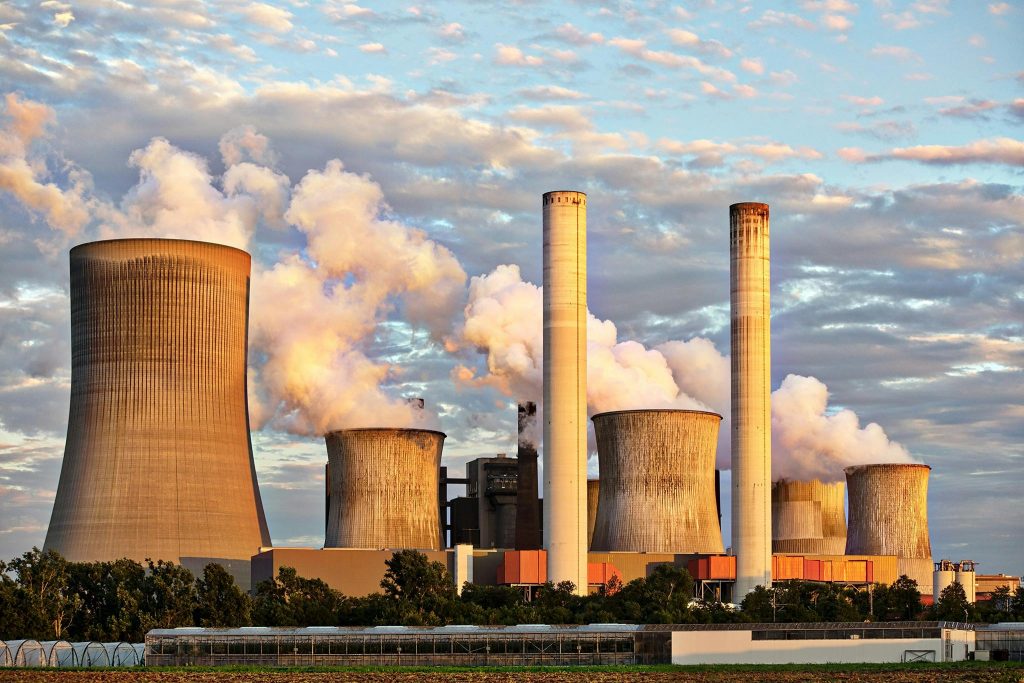
The Climate Impact of Direct Air Capture
DAC technology is considered one of the essential technologies in carbon dioxide removal. In IPCC-modeled pathways that limit global warming to 1.5°C, the global cumulative negative emissions from DAC are 310 billion tons of CO₂, to be removed by 2100.
Problem
Several industry leaders have estimated the immense negative emissions required from nature- and technology-based solutions.
Scaling up Carbon Dioxide Removal (CDR) is an urgent priority, as are efforts to rapidly reduce emissions, if we are to meet the temperature goal (1.5°C) of the Paris Agreement.
Direct Air Capture (DAC), a novel CDR technology that extracts CO₂ directly from the atmosphere, is considered one of the essential technologies in climate change mitigation as it enables us to permanently store CO₂.


Why Direct Air Capture?
- Some processes that produce CO₂ lack viable technical opportunities to decarbonize
- Abatement costs for various industries are high, increasing demand to store carbon dioxide permanently
- As fossil fuels decrease, the demand for a circular source of carbon increases
Why ReCarbn?
DAC technology uses chemical sorbents to capture CO₂ from the atmosphere. Reducing the energy consumption is one of the main challenges in scaling up DAC. ReCarbn’s unique innovation circulates this sorbent between reactors to reduce energy consumption and cycle time compared to conventional fixed bed technologies. These unique features of ReCarbn’s direct air capture technology set it apart from others in the market.
Become an Ambassador
Ready to help us make an impact? ReCarbn is continuously looking for enthusiastic experts or other startup enthusiasts to help us in our mission and build the first demonstration unit. If you’d like to formally join our ambassador network, please leave your details below describing why you’d be a good fit for ReCarbn. One of our staff will contact you with further details.




